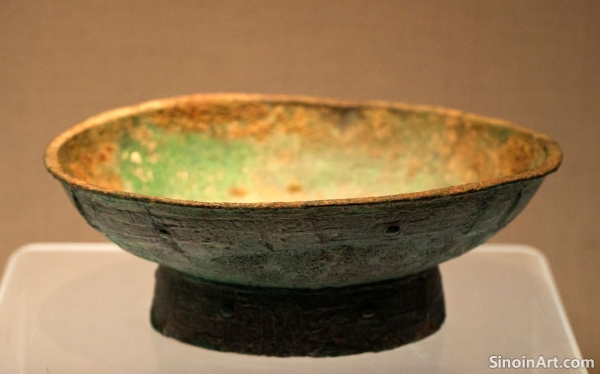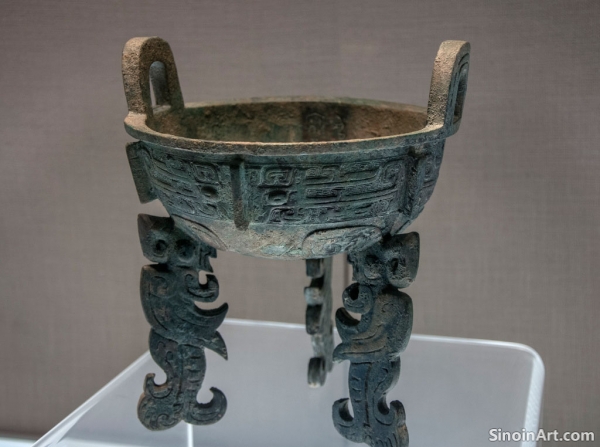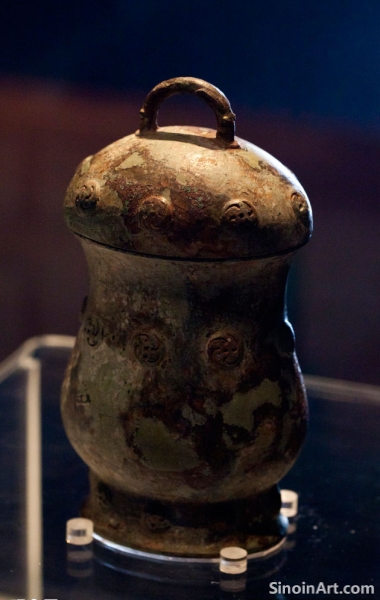The Taotie Motif: Unraveling the Mystery of the Shang Bronze Beast
|
The taotie (饕餮) motif is arguably the most distinctive and enigmatic design element found on Shang Dynasty bronze ware. This composite creature, often depicted with bulging eyes, sharp fangs, and a prominent jaw, appears across a variety of vessels and objects. Its significance and symbolic meaning have fascinated scholars and art enthusiasts for generations. Unraveling the mystery of the taotie reveals a great deal about the Shang world view.  The taotie is not a representation of a specific animal; instead, it is a composite being, combining features from various creatures. It often includes the eyes of a beast, the jaws and teeth of a predator, and the horns or ears of a bull or ram. The mix of animal characteristics and features adds to the mystery and overall power of the motif.  Various interpretations of the taotie have been proposed, including a symbol of power, protection, and sacrifice. Some scholars believe it represents a primordial force or a guardian spirit, while others see it as a manifestation of the ancestors. The different interpretations of the motif highlight its powerful and complex symbolism. The different approaches to understanding the motif allow for deeper engagement with the bronze ware.  The taotie motif, although most prevalent during the Shang Dynasty, continued to appear in later periods, albeit with slight variations in style and form. The continued use of the taotie shows its enduring symbolic importance. The variation of form over time shows an evolving interpretation of the symbols. The study of the taotie motif not only enhances our understanding of Shang Dynasty bronze ware but also offers a window into the religious beliefs and worldview of the time. It reminds us of the power of symbolism and how imagery can be used to convey complex ideas and beliefs. The taotie is one of the most important symbols from the ancient Chinese world. |
Tag : taotie motif, Shang Dynasty, bronze symbolism, Chinese mythology, ancient art
Related information
- Bronze Ware and Ancient Chinese Textile Production: Spindle Whorls, Weaving Tools, and Textile Art
- The Archaeological Significance of Chinese Bronze Ware: Discoveries and Insights
- Bronze Ware and Ancient Chinese Communication Systems: Signals, Markers, and the Transmission of Information
- Bronze Ware and the Transmission of Ancient Chinese Technical Knowledge: Tools, Techniques, and Innovation
- The Development of Bronze Mirrors in the Han Dynasty: New Styles and Social Significance
This article explores the use of bronze in ancient Chinese textile production, highlighting its role in creating spindle whorls, weaving tools, decorative elements, and the interplay between metalworking and textile crafts.
This article explores the archaeological significance of Chinese bronze ware, highlighting the discoveries at various sites, the insights gained into ancient society, metallurgy, trade, and the overall contribution to our understanding of early China.
This article explores the use of bronze in ancient Chinese communication systems, highlighting its role in creating signaling devices, markers, and other tools for transmitting messages, ensuring that both visual and auditory forms of communication were implemented across large distances.
This article explores the transmission of technical knowledge through the production of bronze ware in ancient China, highlighting the process of apprenticeship, the mastery of materials, the development of techniques, and how this knowledge shaped other forms of technical and artistic innovation.
This article explores the development of bronze mirrors in the Han Dynasty, highlighting new styles, complex designs, their incorporation of cosmology, their role as status symbols, and the insights they offer into Han society.